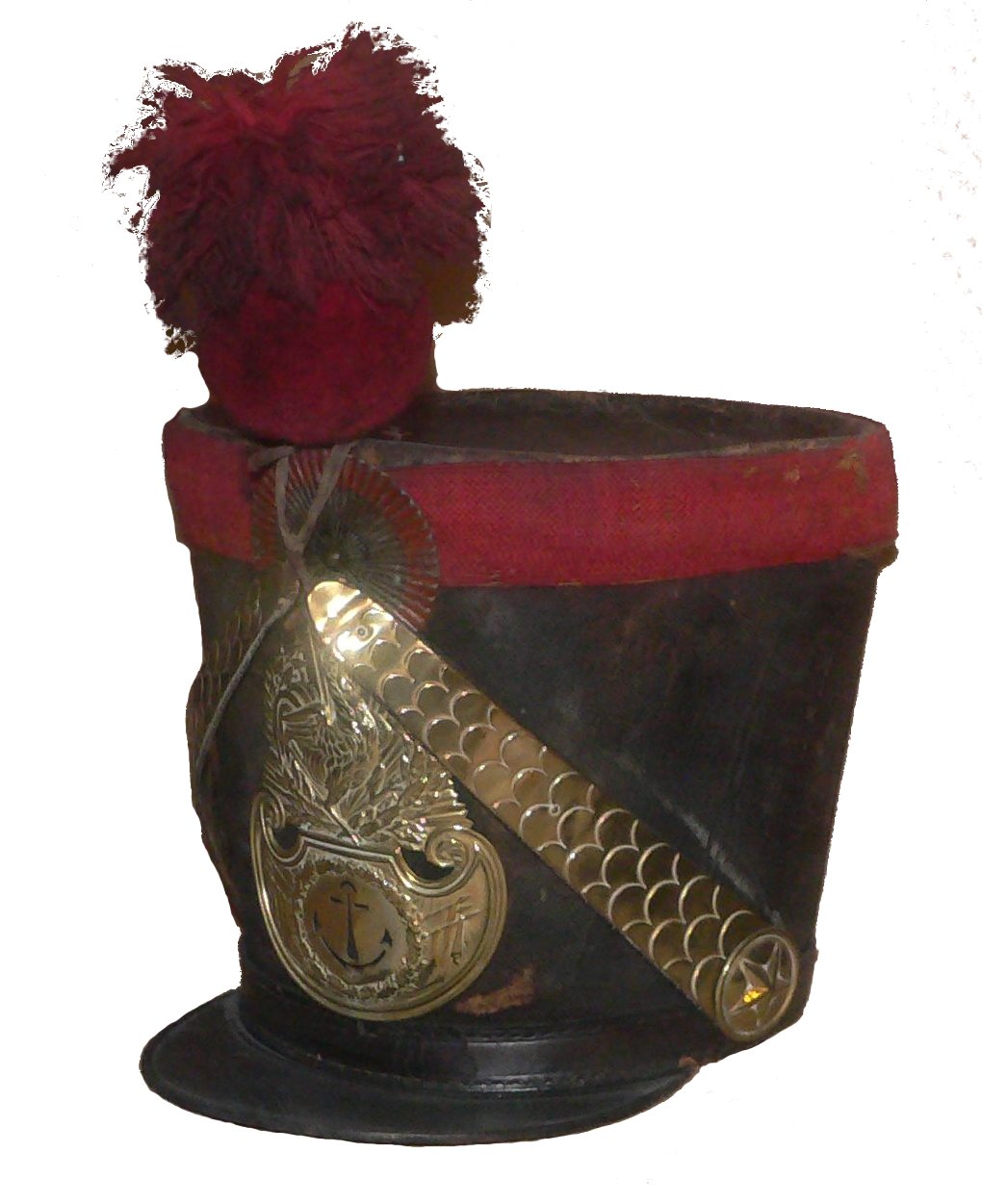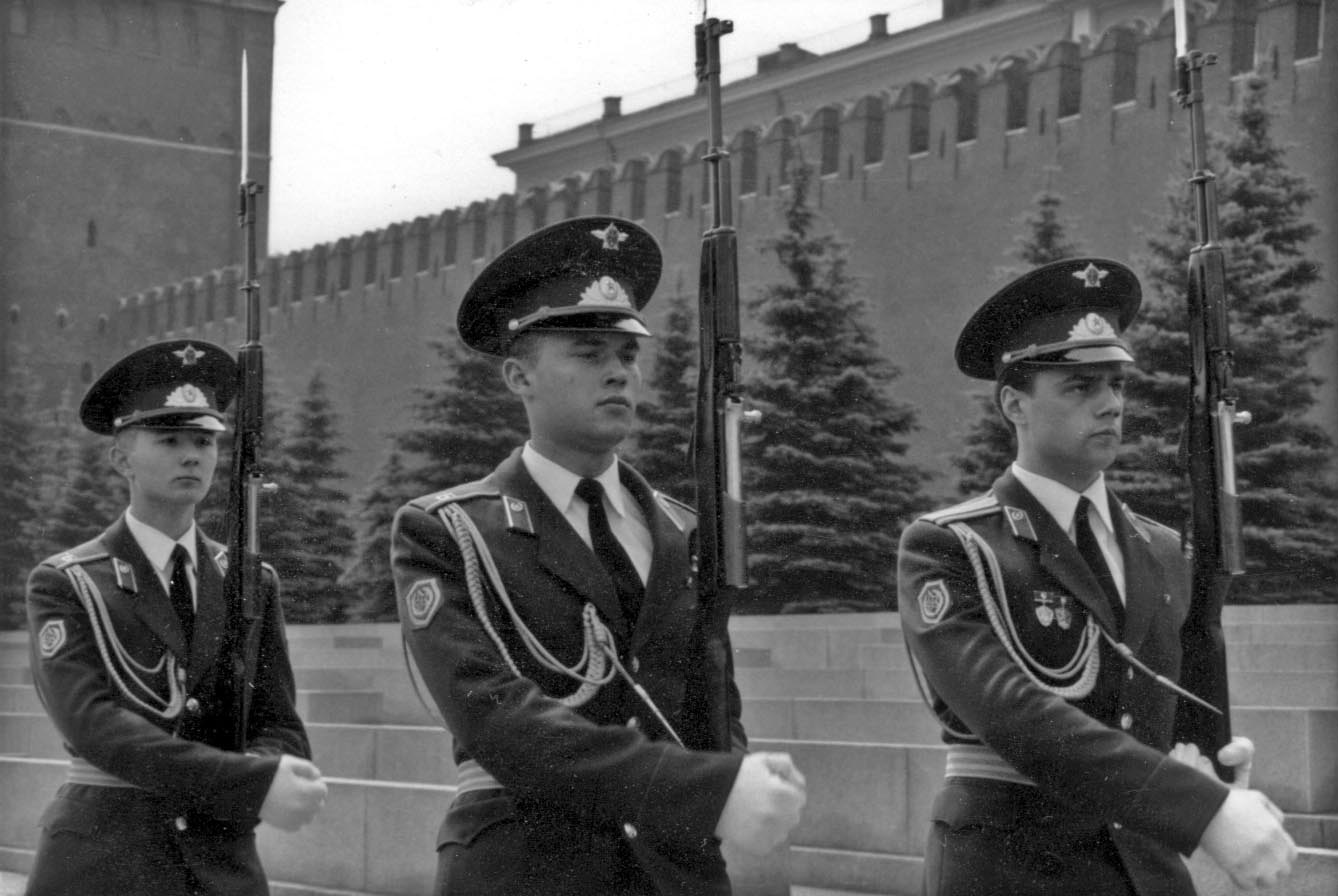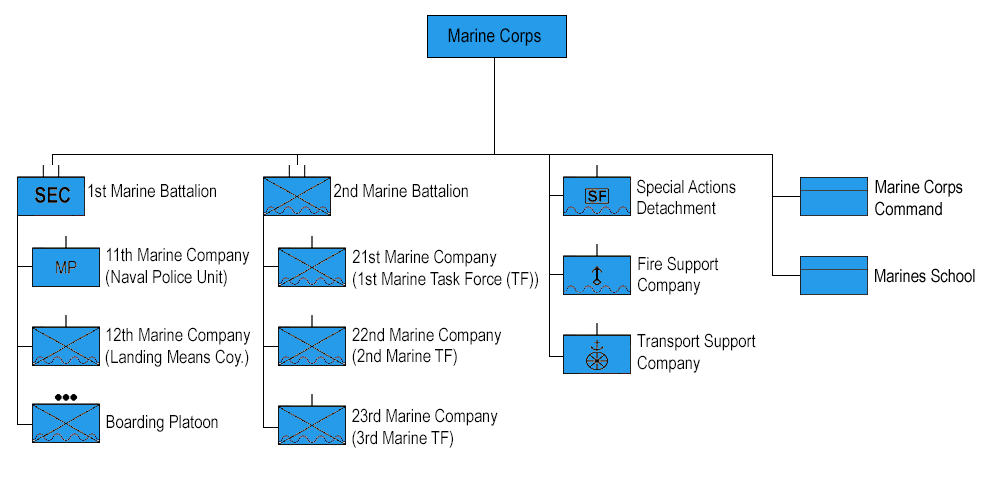|
Shako
A shako (, , or ) is a tall, cylindrical military cap, usually with a visor, and sometimes tapered at the top. It is usually adorned with an ornamental plate or Cap badge, badge on the front, metallic or otherwise; and often has a feather, hackle, or pompom attached at the top. Extensively used as an item of military headgear during the nineteenth and early twentieth centuries, the shako now survives as part of some ceremonial uniforms. Origins The word ''shako'' originated from the Hungarian language, Hungarian name for the ''peak'', which Hungarian border soldiers () added around 1790 to their previously visorless stovepipe-style hats. Originally these hats were part of the clothing commonly worn by shepherds, before being added to the uniform of the Hungary, Hungarian hussar in the early 18th century. Other spellings include ''chako'', ''czako'', ''sjako'', ''schako'', ''schakot'', and ''tschako''. From 1800 on, the shako became a common military Headgear, headdress worn by ... [...More Info...] [...Related Items...] OR: [Wikipedia] [Google] [Baidu] |
Pompom
A pom-pom – also spelled pom-pon, pompom or pompon – is a decorative ball or tuft of fibrous material. The term may refer to large tufts used by cheerleaders, or a small, tighter ball attached to the top of a hat, also known as a bobble or toorie. Pom-poms may come in many colours, sizes, and varieties and are made from a wide array of materials, including wool, cotton, paper, plastic, thread, glitter and occasionally feathers. Pom-poms are shaken by cheerleaders, pom or dance teams, and sports fans during spectator sports. Etymology and spelling ''Pom-pom'', also called a ''pom'' or ''cheerleading pom'', is derived from the French word ''pompon'', which refers to a small decorative ball made of fabric or feathers. It also means an "ornamental round tuft" and originally refers to its use on a hat, or an "ornamental tuft; tuft-like flower head." *'' Webster's Third New International Dictionary'' (1961) gives the spelling as "pompon." *The '' New Oxford Am ... [...More Info...] [...Related Items...] OR: [Wikipedia] [Google] [Baidu] |
Black Brunswickers
The Brunswick Ducal Field-Corps (), commonly known as the Black Brunswickers, was a volunteer military unit raised by Frederick William, Duke of Brunswick-Wolfenbüttel during the Napoleonic Wars. The Duke was a strong opponent of Napoleon's occupation of German territory. Formed in 1809 when war broke out between the First French Empire and the Austrian Empire, the unit initially consisted of approximately 2,300 infantrymen and cavalrymen before incorporating a number of artillery troops. Most members of the unit wore distinctive black uniforms, although some soldiers, such as light infantrymen and uhlans, wore green uniforms. The Black Brunswickers also wore silver '' totenkopf'' badges on their hats. Their title originated from the Duke, who claimed Brunswick–Lüneburg, which the French had abolished in order to incorporate its lands into the Kingdom of Westphalia. The unit earned themselves a fearsome reputation over the following decade, taking part in several significa ... [...More Info...] [...Related Items...] OR: [Wikipedia] [Google] [Baidu] |
Pickelhaube
The (; , ; from , and , , a general word for "headgear"), also , is a spiked leather or metal helmet that was worn in the 19th and 20th centuries by Prussian and German soldiers of all ranks, as well as firefighters and police. Although it is typically associated with the Prussian Army, which adopted it in 1842–43, the helmet was widely imitated by other armies during that period. It is still worn today as part of ceremonial wear in the militaries of certain countries, such as Sweden, Chile, and Colombia. History Origins Russian helmet During the 1830s, Tsar Nicholas I of Russia decided to replace the shako infantry caps. For this, he commissioned General , a member of the Saint Petersburg Academy of Arts, to design the new headdress for the Russian infantry. The new headwear was inspired by the leather helmet worn by the Russian cuirassiers, with the plumed crest being replaced by a pointed ornament in the shape of a flaming grenade. Prussian helmet The origins ... [...More Info...] [...Related Items...] OR: [Wikipedia] [Google] [Baidu] |
Imperial Russian Army
The Imperial Russian Army () was the army of the Russian Empire, active from 1721 until the Russian Revolution of 1917. It was organized into a standing army and a state militia. The standing army consisted of Regular army, regular troops and two forces that served on separate regulations: the Cossacks, Cossack troops and the Islam in Russia, Muslim troops. A regular Russian army existed after the end of the Great Northern War in 1721.День Сухопутных войск России. Досье [''Day of the Ground Forces of Russia. Dossier''] (in Russian). TASS. 31 August 2015. During his reign, Peter the Great accelerated the modernization of Russia's armed forces, including with a decree in 1699 that created the basis for recruiting soldiers, military regulations for the organization of the a ... [...More Info...] [...Related Items...] OR: [Wikipedia] [Google] [Baidu] |
Kremlin Regiment
The Kremlin Regiment (), also called the Presidential Regiment (), is a unique military regiment and part of the Russian Federal Protective Service (Russia), Federal Protective Service with the status of a special unit. The regiment ensures the security of the Moscow Kremlin, Kremlin, its treasures, and state officials. In accordance with the federal law of December 8, 1997 "On Immortalizing the Soviet People’s Victory in the Great Patriotic War of 1941–1945", the regiment also maintains a honor guard, guard of honor () at the eternal flame of the Tomb of the Unknown Soldier (Moscow), Tomb of the Unknown Soldier known as Post No. 1 . The regiment is housed in the historic Kremlin Arsenal. History When the leaders of the Soviet Union moved from Petrograd to the Moscow Kremlin in early 1918, their protection was entrusted to the Red Latvian Riflemen, under the command of the Commandant of the Kremlin Garrison. In September 1918, the Latvian Riflemen left for the fronts of the ... [...More Info...] [...Related Items...] OR: [Wikipedia] [Google] [Baidu] |
Portuguese Army
The Portuguese Army () is the land component of the Portuguese Armed Forces, Armed Forces of Portugal and is also its largest branch. It is charged with the defence of Portugal, in co-operation with other branches of the Armed Forces. With its origins going back to the 12th century, it can be considered one of the oldest active armies in the world. The Portuguese Army is commanded by the Chief of Staff of the Army (CEME), a subordinate of the Chief of the General Staff of the Armed Forces for the operational matters and a direct subordinate of the Ministry of National Defence (Portugal), Ministry of National Defense for all other matters. The CEME is the only officer in the Army with the rank of General (Four-star rank). Presently, the Portuguese Army is an entirely professional force made of career personnel (officer (armed forces), officers and Non-commissioned officer, NCOs) and of volunteer personnel (officers, NCOs and enlisted ranks). Until the early 1990s, conscripts con ... [...More Info...] [...Related Items...] OR: [Wikipedia] [Google] [Baidu] |
Portuguese Marines
The Portuguese Marine Corps () is the special operations capable amphibious warfare, amphibious force of the Portuguese Navy. It has roles similar to the ones of the United States Marine Corps Reconnaissance Battalions, USMC Reconnaissance Battalions and of the British Royal Marines, Royal Marine Commandos. The Corps is specialised in air assault, amphibious warfare, anti-tank warfare, coastal reconnaissance and raiding, commando style raids, counterinsurgency, desert warfare, indirect fire support raiding, irregular warfare, ISTAR, jungle warfare, maneuver warfare, maritime interdiction, mountain warfare, providing security at naval base or shore stations, reconnaissance for gathering military intelligence, support special operations, tracking targets, urban warfare, and VBSS operations. It is an Elite Marine Commando Force, operating as a rapid-reaction force. Today's Corpo de Fuzileiros is the premier Commando style Raid Force. The ''Fuzileiros'' remains an all-volunteer force ... [...More Info...] [...Related Items...] OR: [Wikipedia] [Google] [Baidu] |
Peninsular War
The Peninsular War (1808–1814) was fought in the Iberian Peninsula by Kingdom of Portugal, Portugal, Spain and the United Kingdom of Great Britain and Ireland, United Kingdom against the invading and occupying forces of the First French Empire during the Napoleonic Wars. In Spain, it is considered to overlap with the Spanish War of Independence. The war can be said to have started when the First French Empire, French and History of Spain (1808–1874), Spanish armies Invasion of Portugal (1807), invaded and occupied Portugal in 1807 by transiting through Kingdom of Spain (1810-1873), Spain, but it escalated in 1808 after First French Empire, Napoleonic France occupied History of Spain (1808–1874), Spain, which had been its ally. Napoleon Bonaparte Abdications of Bayonne, forced the abdications of Ferdinand VII of Spain, Ferdinand VII and his father Charles IV of Spain, Charles IV and then installed his brother Joseph Bonaparte on the Spanish throne and promulgated the ... [...More Info...] [...Related Items...] OR: [Wikipedia] [Google] [Baidu] |
Non-commissioned Officer
A non-commissioned officer (NCO) is an enlisted rank, enlisted leader, petty officer, or in some cases warrant officer, who does not hold a Commission (document), commission. Non-commissioned officers usually earn their position of authority by promotion through the enlisted ranks. In contrast, Officer (armed forces), commissioned officers usually enter directly from a military academy, officer training corps (OTC) or Reserve Officers' Training Corps (ROTC), or officer candidate school (OCS) or officer training school (OTS), after receiving a post-secondary degree. The NCO corps usually includes many grades of enlisted, corporal and sergeant; in some countries, warrant officers also carry out the duties of NCOs. The naval equivalent includes some or all grades of petty officer. There are different classes of non-commissioned officers, including junior (lower ranked) non-commissioned officers (JNCO) and senior/staff (higher ranked) non-commissioned officers (SNCO). Functio ... [...More Info...] [...Related Items...] OR: [Wikipedia] [Google] [Baidu] |
Pith Helmet
The pith helmet, also known as the safari helmet, salacot, sola topee, sun helmet, topee, and topi is a lightweight cloth-covered helmet made of sholapith. The pith helmet originates from the Spanish Empire, Spanish military adaptation of the native salakot headgear of the Philippines. It was often worn by European travellers and explorers in the varying climates found in Southeast Asia, Africa, and the tropics, but it was also used in many other contexts. It was routinely issued to colonial military personnel serving in warmer climates from the mid-nineteenth to the mid-twentieth century. The headdress remains in use in several military services in the 21st century. Definition Typically, a pith helmet derives from either the sola or "pith" plant, ''Aeschynomene aspera'', an Indian swamp plant, or from ''Aeschynomene paludosa''. In the narrowest definition, a pith helmet is a type of sun hat made from the wood of the pith plant. However, pith helmet may more broadly refer to this ... [...More Info...] [...Related Items...] OR: [Wikipedia] [Google] [Baidu] |
George Anthony Legh Keck
Colonel George Anthony Legh Keck (15 July 1774 – 4 September 1860), sometimes spelled Legh-Keck, was a British military officer, Tory politician and landowner who sat in the House of Commons representing the parliamentary constituency of Leicestershire from 1797 to 1831. Early life He was born at Stoughton Grange, Leicestershire, the only surviving son of Anthony James Keck, MP for Newton, and Elizabeth ( Legh), second daughter and co-heiress of Peter Legh (1706–1792), of Lyme Hall, Cheshire, whose wife, Elizabeth Atherton, inherited Bank Hall in Bretherton, Lancashire, which he renovated with help from the architect George Webster in 1832–33. Career Legh-Keck was returned to parliament five times as MP for Leicestershire between 1797 and 1831. Commissioned as an officer in the Leicestershire Yeomanry Cavalry in 1803, he later served as Lieutenant-Colonel Commandant of the regiment until his death in 1860. Legh-Keck, in a portrait from 1851, held a broad-toppe ... [...More Info...] [...Related Items...] OR: [Wikipedia] [Google] [Baidu] |









